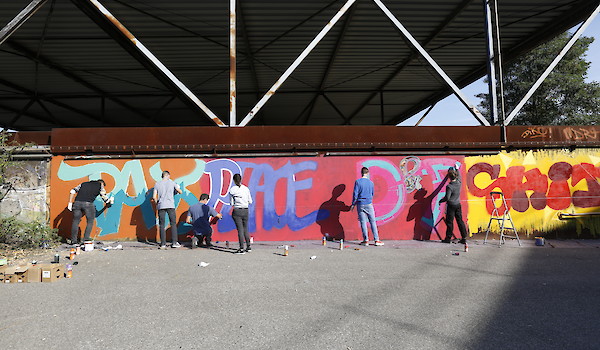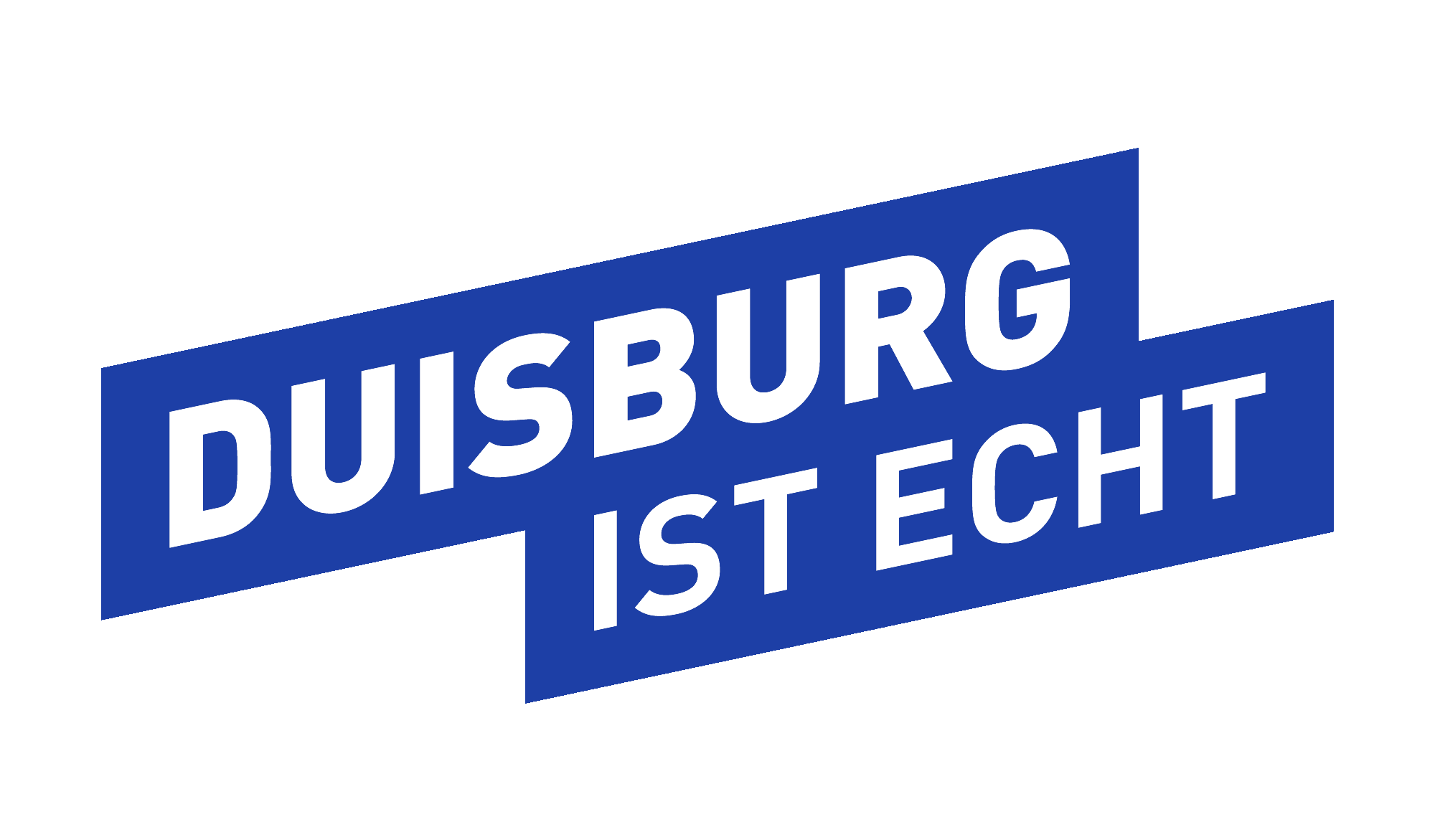School pupils and students
Dear Pupils and Students
We’re delighted to receive any essay, term paper or piece of coursework and all BA and MA theses written about the Landscape Park. We’re also more than happy to answer any questions you consider important. Please direct your interview requests to Enable JavaScript to view protected content..
Would you like to organise an event at the Landscape Park Duisburg Nord? Have a look at the questions below.
Who used to own the Meiderich Ironworks?
Meiderich Ironworks used to belong to Thyssen Stahl AG (now: ThyssenKrupp Steel).
When was the Meiderich Ironworks built?
The first sod was turned in 1901, the first blast furnace was blown in 1903, and all five blast furnaces were in operation by 1912.
When was the Meiderich Ironworks closed?
The last shift was worked on 4 April 1985, by which time only blast furnace 5 was in operation. Blast furnaces 1 and 2 had been closed in the years before, and blast furnaces 3 and 4 had been demolished in the 60s and 70s.
How many workers were employed when the ironworks closed?
When the ironworks closed there were still 300 workers in the ironworks.
Were there protests when the works closed?
There were no significant protests when the ironworks closed because the workers at Meiderich were either transferred to the works in Hamborn or Ruhrort, and 107 of them decided to accept the early retirement plan on offer.
How did the idea of the “Landscape Park Duisburg Nord” come about?
The idea for the Landscape Park Duisburg Nord came about at a time when the federal government, the state of North Rhine-Westphalia and the local authorities were committing themselves to the Ruhr District’s ecological, economic and social regeneration.
In 1989 an international architectural competition was announced, with the intention of devising a new use for the former Thyssen site. The architect's office Peter Latz + Partner from Kranzberg won the competition with their idea of creating a landscape park.
What made the jury choose Peter Latz’s proposal?
Latz's idea was based in particular on preserving the existing structures and their conversion to new uses. His model is now considered a model for spatial and landscape planning.
Were there any other options for the site?
Yes, indeed. Other options for the ironworks and the site were explored, two of the most prominent alternatives being complete demolition or sale of the ironworks to Asia. The government's interest in the Ruhr District’s structural transformation ultimately ensured the site’s future.
How did the planners know that the project would be a success?
They didn’t. The idea of transforming a decommissioned ironworks into a multifunctional park had never occurred to anyone before. Dirk Büsching, the park’s first director, always described himself with a wink of the eye as the “largest scrap dealer in Duisburg”.
And 20 years later?
Today nobody is any longer in doubt about the project and the success of the concept. The idea of Landscape Park Duisburg Nord represents the conversion of existing structures into a new type of park where history and the future merge.
What role does industrial heritage play?
The history of the site and its facilities plays an immensely important role because industrial heritage defines the Ruhr District’s identity. The people of the region identify with history because it’s the history of their grandfathers and great-grandfathers. People from other countries and other regions of Germany find the experience of this heritage in the Ruhr District site fascinating because the revolutionary change from heavy industry to service sector is not limited to the Ruhr District, but can be found in Europe, Asia and America.
How large was the budget for setting up the Landscape Park?
The total costs for the creation of the Landscape Park Duisburg Nord including land acquisition and cleaning up the contaminated site amounted to about 100 million German Marks.
How was the establishment of the Landscape Park financed?
Establishing the Landscape Park Duisburg Nord was carried out and financed as part of the International Building Exhibition Emscher Park (IBA). Finance was provided by the city of Duisburg, the state of North Rhine-Westphalia, the LEG State Development Company NRW GmbH and the Federal Republic of Germany.
How much does the Landscape Park’s maintenance cost each year?
Maintenance and operation of the Landscape Park currently cost about 6 million Euros a year.
How many people in total work in the Landscape Park?
Altogether about 350 people work in various facilities on the Landscape Park site, with 22 of these working for the park administration.
Is the construction of the Landscape Park now complete or are there still some projects in the park being planned?
The Landscape Park is a constantly evolving project. Although one might say that plans for the actual concept of the park have now been realised and the work is complete, the maintenance of the ironworks is a process of continuous development. The park administration is also constantly working on modernising the protected monument and opening it up in new ways, such as the conversion of the light installation to energy-saving LED lights, the modernisation of the event halls and the planning of tourist innovations.
18. Where can I obtain details about the Landscape Park Duisburg Nord?
For background information there are some publications about the Landscape Park Duisburg Nord we can recommend.



